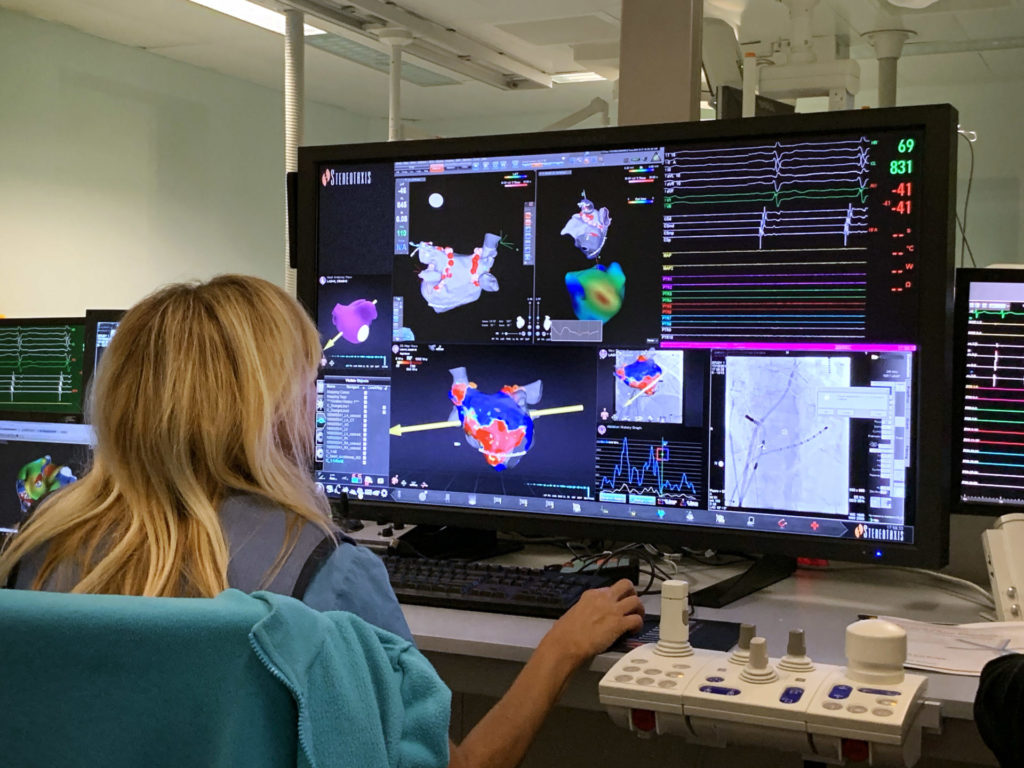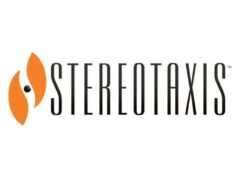
Stereotaxis and ADAS 3D Medical have announced that the first patients have been treated with the integration of ADAS 3D’s advanced preoperative substrate mapping and Stereotaxis’ robotic magnetic navigation technologies.
ADAS 3D helps identify possible sources of dangerous irregular heartbeats and provides a map to guide physicians in delivering treatment. The software uses preoperative cardiac MRI to generate detailed three-dimensional cardiac models that identify arrhythmia substrate and characterise cardiac tissue. The identification of fibrotic cardiac tissue and channels of electrical conduction is particularly valuable for planning ventricular tachycardia ablation procedures. It can also be used during atrial fibrillation procedures to define the shape of the Left Atrium and its fibrosis distribution, quantifying it and improving guidance due to better identification of ablation targets.
The latest version of Stereotaxis software, recently cleared for use in Europe and by the US Food and Drug Administration (FDA), utilises a software interface that integrates ADAS 3D’s images and allows physicians to utilise them to guide therapy during robotic cardiac ablation procedures. The first integrated procedures were successfully conducted by Pedro Adragao (Hospital da Luz, Lisbon, Portugal).
“Life-threatening arrhythmias are common in patients that have suffered a myocardial infarction. Cardiac ablation can help these patients, but often require extensive searching to find targets and widespread ablation to ensure all problematic tissue has been addressed,” said Adragao. “ADAS 3D supports rapid and precise identification of such tissue. We have long recognised the clinical value of robotic magnetic navigation to treat patients with precision and safety. The integration of both technologies should result in more effective, rapid, and safe procedures for patients.”
“Combining our technology with Stereotaxis is an exciting opportunity that we believe will positively impact the field of electrophysiology,” said Luis Serra, president of ADAS 3D Medical. “The ability to translate combined MRI and CT images into 3D coordinates of the patient’s heart and then use robotics for precision navigation of therapy should provide more reproducible treatment during cardiac ablation. We hope this will benefit health care professionals and their patients.”
“Stereotaxis is committed to advancing a robust open ecosystem where physicians and patients benefit from the broad integration of procedure data,” added David Fischel, CEO of Stereotaxis. “We are excited to be working with ADAS 3D. The combination of advanced diagnostic imaging with robotic navigation is a step forward in the digitisation of electrophysiology.”











